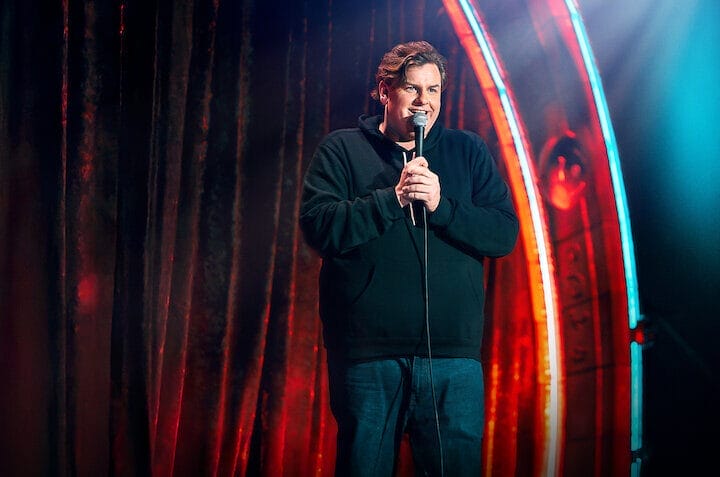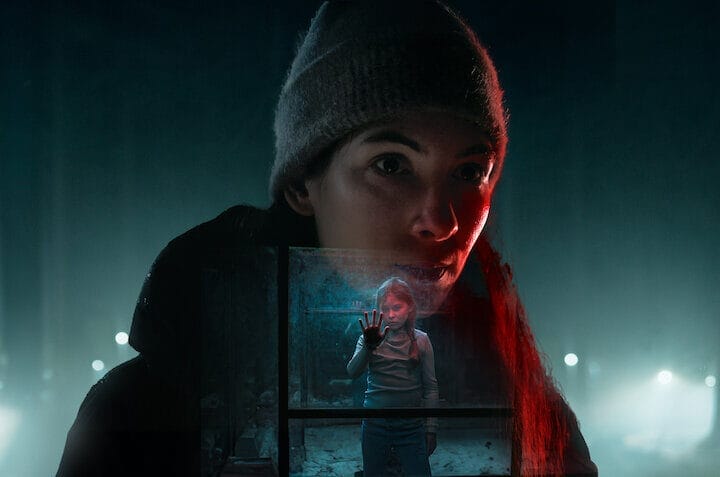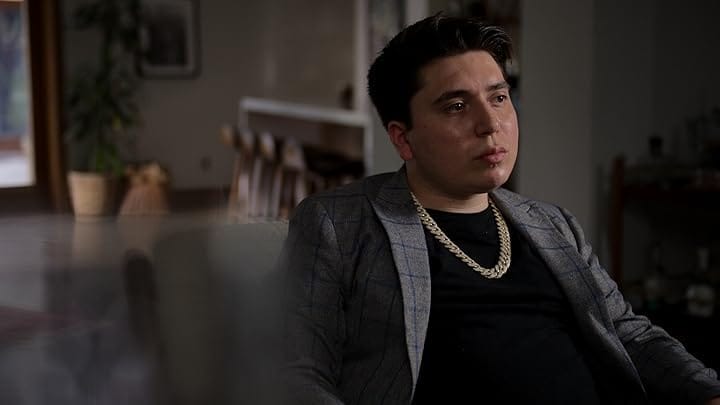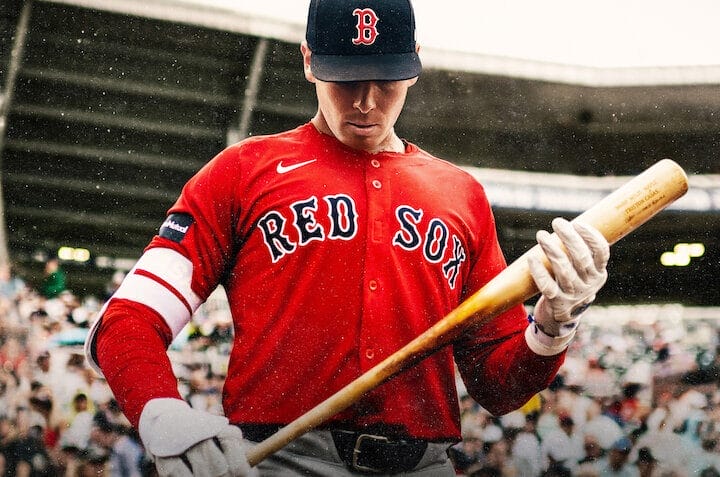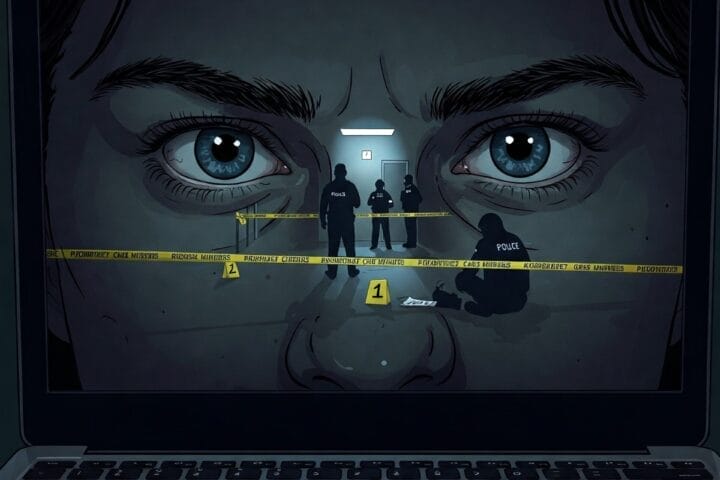The allure is undeniable: billions of views, millions of followers, and fortunes built from seemingly playful online videos. The “kidfluencer” phenomenon has exploded into a multi-billion dollar social media advertising industry, turning children into some of the internet’s most sought-after and highest-paid personalities. For many young people, becoming a YouTube or TikTok star is now more desirable than traditional aspirations like being an astronaut.
However, beneath the glossy veneer of viral challenges, toy unboxings, and staged family moments, a darker reality can lurk. The stark, three-part Netflix docuseries, titled “Bad Influence: The Dark Side of Kidfluencing”, spotlights the high-profile case of Piper Rockelle, a popular teen YouTube personality, and the disturbing allegations surrounding her mother and manager (“momager”), Tiffany Smith. Featuring harrowing accounts from former collaborators, the documentary delves into claims of exploitation, manipulation, and abuse, raising urgent questions about ethics, regulation, and the human cost of turning childhood into online content.
Behind the Likes: The Rockelle Case
“Bad Influence: The Dark Side of Kidfluencing” charts Piper Rockelle’s rise to internet stardom, built on elaborate pranks, trending challenges, and “crush content” featuring her group of young friends, known as “The Squad”. The series, through testimony from several members of the group, reveals allegations of manipulation and abuse. This culminated in a lawsuit filed against Tiffany Smith by 11 teen content creators. They alleged subjection to an emotionally, physically, and verbally abusive environment orchestrated by Ms. Smith, both on and off set during filming for Piper’s YouTube channel.
The lawsuit was settled for $1.85 million, with the agreement explicitly stating “no admission of liability or the validity or invalidity of any claim or defense”. While this resolution ended the legal battle, it left the allegations publicly unresolved. The settlement allows the accused parties to manage the narrative and continue business operations without a legal finding of fault. “Bad Influence: The Dark Side of Kidfluencing” effectively serves as a counter-narrative, amplifying the accusers’ voices whose claims were settled out of court.
The Billion-Dollar Playground: Understanding Kidfluencing
The Piper Rockelle case unfolds against the backdrop of a booming kid influencer industry. Described as a rapidly growing business phenomenon, it represents a significant, multi-billion dollar segment of the social media advertising market. Top child influencers can command staggering incomes; Ryan Kaji of “Ryan’s World” reportedly earned $22 million in one year, while Piper Rockelle’s channel allegedly generated $300,000 to $500,000 per month at its peak. Influencers with over a million followers can potentially earn $10,000 or more for a single sponsored post.
This lucrative ecosystem thrives primarily on platforms like YouTube, TikTok, and Instagram. Since most platforms require users to be at least 13, accounts featuring younger children are typically created and managed by their parents. Revenue streams include direct payments from brands for sponsored content, a share of ad revenue from the platforms themselves, and merchandise sales.
Parents are central to these ventures, often building businesses around their children’s perceived appeal and online antics. This creates an inherent tension: the parent acts simultaneously as a caregiver obligated to protect the child’s well-being and as a business manager driven by financial incentives and content demands. The immense financial rewards can create a powerful pull, potentially leading to situations where the child’s welfare takes a backseat to the pressures of content creation and profit generation – a dynamic seemingly at the heart of the allegations explored in “Bad Influence: The Dark Side of Kidfluencing”.
The Ethical Minefield
The rise of kidfluencing forces a confrontation with complex ethical questions. A central debate revolves around whether this activity constitutes child labor. Proponents might argue it’s simply “monetizing children’s existing antics,” a fun way to earn money. Critics, however, point to the structured nature of content creation, contractual obligations (even informal ones), and significant time commitments as clear indicators of work. Kidfluencing often exists in a regulatory “gray zone” or “wild west,” frequently falling outside traditional child labor laws designed for factories or film sets, especially as the work occurs in the home and is managed by parents.
Beyond labor, deep concerns exist regarding children’s fundamental rights:
- Consent and Privacy: Can young children give meaningful, ongoing consent to having intimate, sometimes embarrassing details of their lives broadcast globally? While parental consent is legally required, the parent managing the channel often has a direct financial stake in sharing the content, creating a conflict of interest. This practice, often termed “sharenting” more broadly, creates a permanent digital footprint children may later regret and exposes them to potential online dangers, including predators.
- Psychological and Developmental Impacts: Experts and former kidfluencers warn of potential psychological consequences. Constant performance pressure, curating an “authentic” self for the camera, loss of privacy, exposure to online negativity and bullying, and the potential sacrifice of normal childhood experiences like unstructured play, education, and peer relationships can negatively impact identity formation and mental health. High stress levels can also contribute to burnout for both children and parents.
- Commodification of Childhood: At its core, kidfluencing risks turning children and their experiences into marketable products. Children become “digital capital,” their cuteness, antics, and even vulnerability leveraged for commercial gain. Research analyzing kidfluencing through the UN Convention on the Rights of the Child (UNCRC) framework suggests potential infringements on multiple fronts, including rights to privacy, freedom of expression (if content is scripted/inauthentic), freedom from economic exploitation, and freedom from harm.
These multifaceted ethical concerns underscore the inadequacy of regulations focused solely on financial protection, highlighting the need for a more holistic approach safeguarding the child’s overall well-being.
Regulation Playing Catch-Up
For years, the kidfluencing industry operated with minimal specific oversight. Existing child labor laws, like the U.S. Fair Labor Standards Act (FLSA), often don’t apply due to exemptions for performers or children employed by parents. The home-based, parent-managed nature of the work makes traditional enforcement difficult. However, growing awareness about exploitation potential is slowly prompting legislative action.
France has emerged as a global leader, enacting laws treating child influencers under 16 similarly to child actors, requiring government authorization, limiting work hours, mandating trust funds for earnings, and granting children a “right to be forgotten”.
In the U.S., action has been state-level and primarily focused on financial protection, often extending existing “Coogan laws”. Named after silent film star Jackie Coogan, these laws traditionally require a percentage (typically 15%) of a child performer’s earnings to be set aside in trust.
- Illinois: Became the first U.S. state to act, mandating parents set aside a portion of gross earnings in trust for children under 16 featured in a significant percentage of monetized content. The law grants minors the right to sue parents for non-compliance.
- California: Enacted laws, supported by former child star Demi Lovato and SAG-AFTRA, explicitly extending the 15% Coogan trust requirement to minors contracted as online “content creators”. Another law requires a larger percentage (65% of proportional earnings) be placed in trust for minors in monetized vlogs meeting certain criteria, even without a formal contract, and imposes registration duties on the parent.
- Minnesota: Passed a law requiring trust funds and allowing minors or adults to request removal of content posted during their childhood.
- Other States: Similar bills have been introduced or are under discussion in states including Arizona, Georgia, Maryland, Missouri, Ohio, Pennsylvania, Rhode Island, and Washington.
The documentary “Bad Influence: The Dark Side of Kidfluencing” forces a crucial conversation about the realities behind the screen, highlighting the need for greater awareness and robust protections as childhood increasingly becomes content in the digital age.
Where to Watch “Bad Influence: The Dark Side of Kidfluencing”


